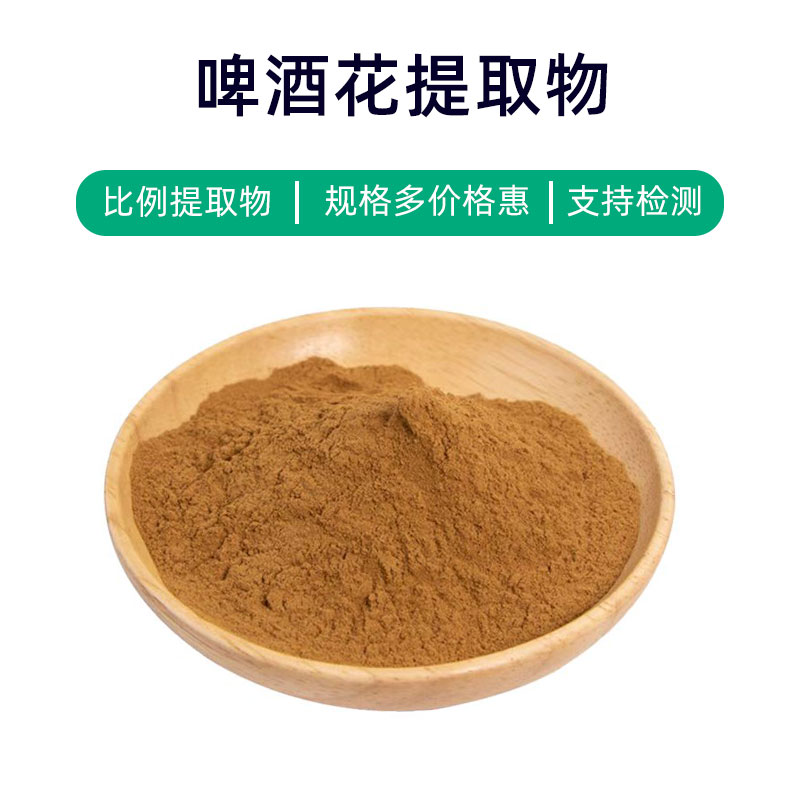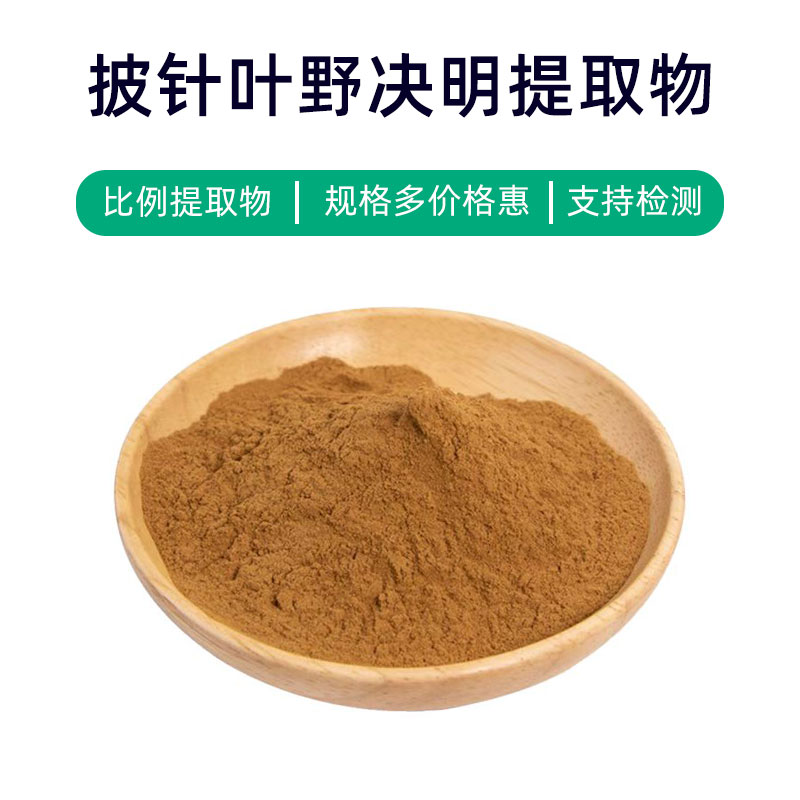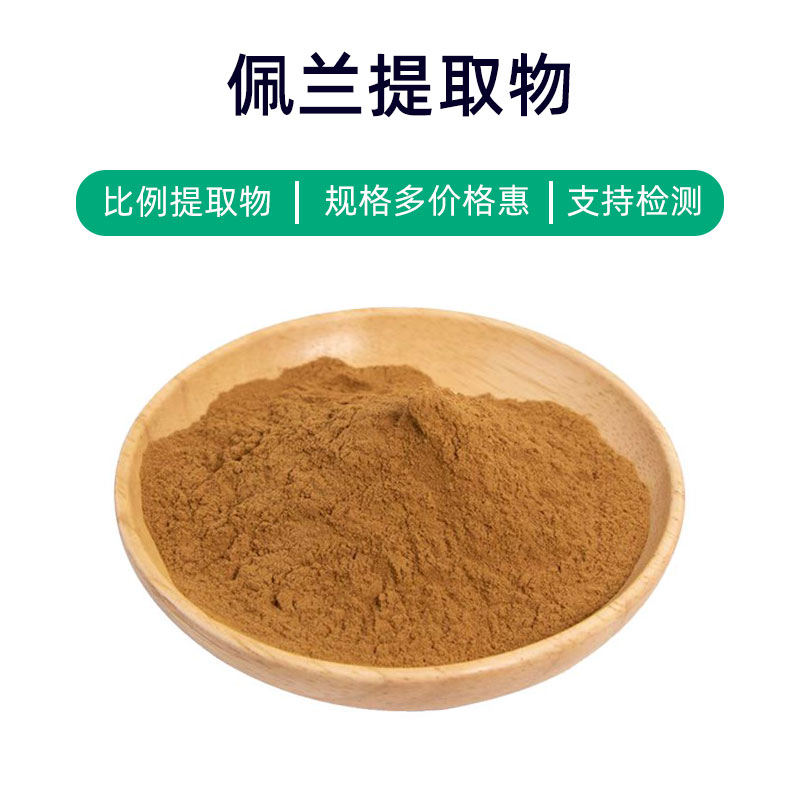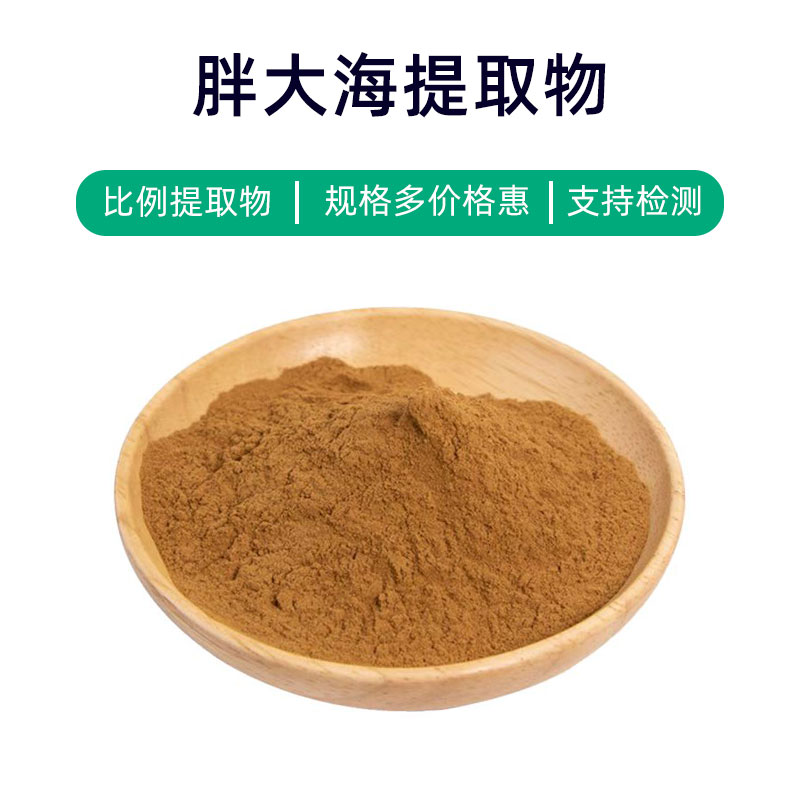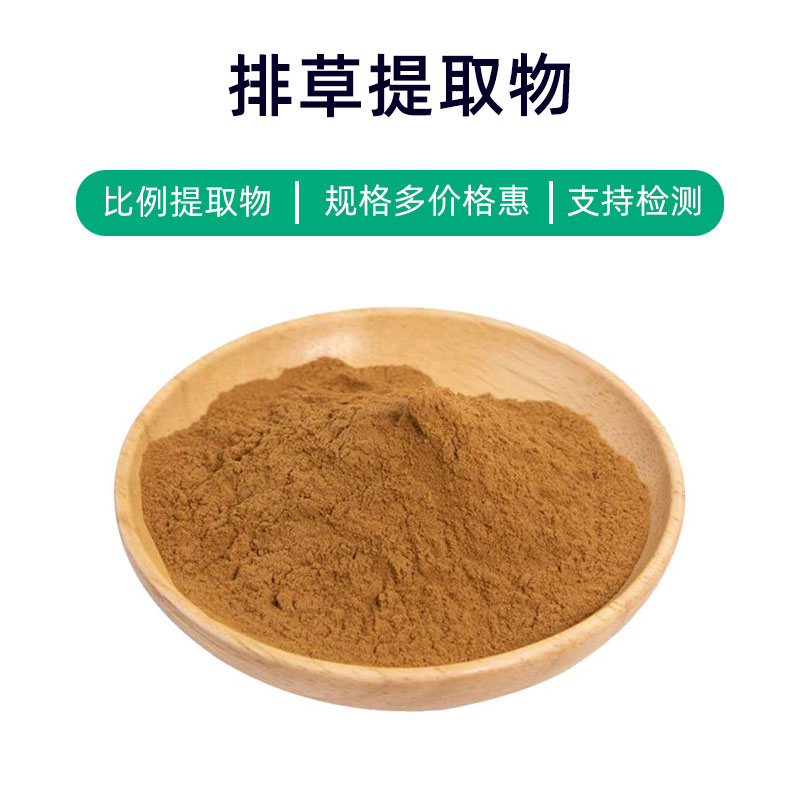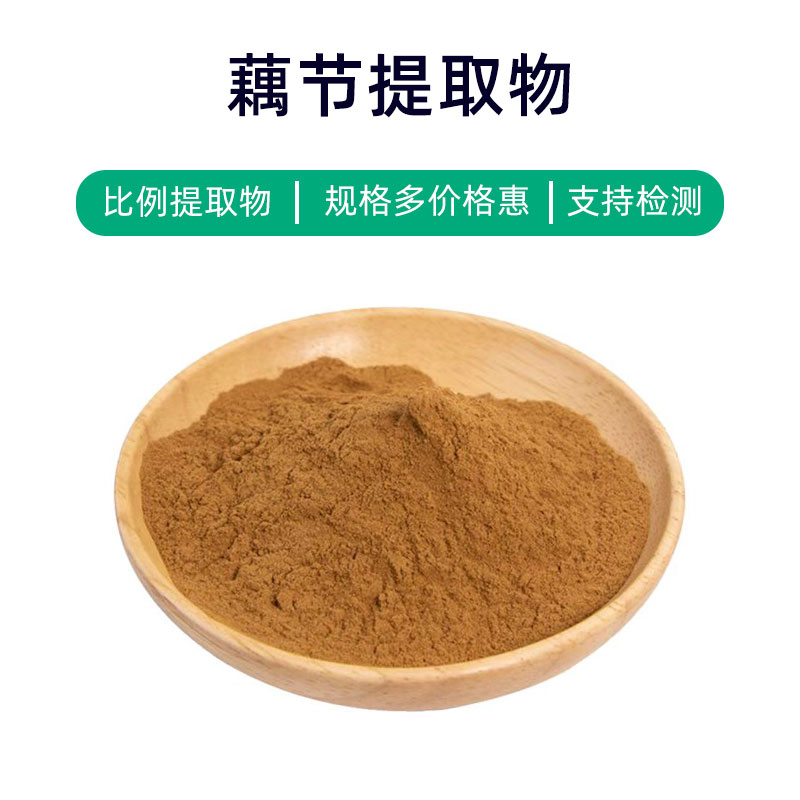Witch Hazel Extract Product Overview
Witch hazel extract is a natural plant extract derived from the witch hazel (Hamamelis virginiana) plant. Its main components include rich tannins, flavonoids, and volatile oils. These elements impart various effects and applications to the extract.
Primarily, witch hazel extract has astringent properties that can tighten pores and reduce microcapillaries in the skin, helping to lower oil production and improve oily skin issues. Additionally, it boasts anti-inflammatory and antioxidant effects, alleviating skin inflammation and protecting against free radical damage, thereby slowing the skin aging process.
In cosmetics and personal care products, witch hazel extract is commonly used for balancing skin, minimizing enlarged pores, and controlling oil secretion. It can be included in toners, masks, lotions, and serums to address various skin issues, particularly beneficial for oily and combination skin care. Moreover, it is frequently applied in treating mild skin conditions, such as acne and pimples.
Overall, witch hazel extract is widely utilized in cosmetics and personal care products due to its abundant active ingredients and diverse effects, providing effective care and protection for the skin.
Witch Hazel Extract Production Process
The production process of witch hazel extract typically includes the following main steps:
- Raw Material Preparation: Select fresh parts of the witch hazel plant, such as roots, leaves, and branches, ensuring their freshness and quality.
- Cleaning: Wash the harvested witch hazel materials to remove impurities and surface dirt, maintaining the purity of the extract.
- Chopping and Grinding: Cut or grind the cleaned witch hazel materials into appropriately sized particles to enhance extraction efficiency.
- Extraction Process: Utilize suitable extraction methods, such as water extraction or ethanol extraction, under appropriate temperature and time conditions to obtain the extract solution.
- Filtration and Concentration: Filter the extract solution to remove impurities, followed by concentration to obtain concentrated witch hazel extract.
- Drying: Dry the concentrated extract to remove moisture, enhance stability, and yield the final witch hazel extract product.
- Packaging and Storage: Package the dried witch hazel extract, typically in sealed containers to prevent exposure to oxygen and moisture, ensuring the quality and stability of the product. Store in a cool, dry place, away from direct sunlight.
The entire production process requires strict control of various conditions to ensure the quality and stability of the active components in the extract, meeting the demands of different industries while ensuring product safety and efficacy.
Witch Hazel Extract Effects and Side Effects
Witch hazel extract is a natural plant extract derived from the witch hazel plant, known for its multiple effects and benefits. Below are its main effects:
- Astringent Effect: Witch hazel extract is rich in tannins, providing significant astringent action that can constrict skin tissue, tighten pores, and help regulate oily and combination skin by reducing oil production and improving skin texture.
- Anti-inflammatory Action: The flavonoids in witch hazel extract have excellent anti-inflammatory properties, relieving skin inflammation and alleviating discomfort, such as redness and itching, making it suitable for sensitive skin and inflamed areas.
- Antioxidant Activity: Rich in flavonoids and volatile oils, witch hazel extract has antioxidant properties that can neutralize free radicals, slow down skin aging, and protect against environmental damage.
- Cleansing Action: Witch hazel extract gently cleanses the skin by removing excess oil and dirt, leaving the skin feeling fresh and comfortable, which helps purify pores and prevent acne and blemishes.
- Soothing Effect: Witch hazel extract has soothing properties, alleviating discomfort caused by external irritants and reducing symptoms such as burning or dryness after sun exposure.
- Moisturizing Effect: Containing rich moisturizing ingredients, witch hazel extract can enhance skin hydration, improving dry skin and leaving it soft and supple.
It is important to note that witch hazel extract is typically used in properly diluted formulations and generally does not cause notable side effects. However, very few individuals may experience mild irritation, like redness or itching. Therefore, it is recommended to conduct a patch test before using witch hazel extract products, and discontinue use if discomfort occurs.
Applications and Dosage of Witch Hazel Extract
Witch hazel extract has a broad range of applications in medicine, food, and cosmetics, detailed as follows:
- Medical Applications:
- Anti-inflammatory and Hemostatic: Witch hazel extract showcases strong anti-inflammatory properties, suitable for formulating topical ointments and solutions for treating mild burns, abrasions, and skin inflammation.
- Skin Care: Its astringent properties make it ideal for managing oily and combination skin, addressing issues like acne and blemishes.
- Antioxidant and Anti-aging: Rich in flavonoids and antioxidants, it can be used in anti-aging skincare products to slow down skin aging and maintain youthful appearance.
- Anti-inflammatory and Antibacterial: Its anti-inflammatory and antibacterial effects are beneficial for oral care products and topical ointments, treating problems like oral ulcers and gingivitis.
- Food Applications:
- Food Additive: Witch hazel extract can be used as a food additive to enhance flavor and nutritional value in products like seasonings, beverages, and candies.
- Beverage Ingredient: It is a popular ingredient in juice and tea drinks, offering a refreshing taste and slight acidity favored by consumers.
- Health Supplements: The rich antioxidant content makes it suitable for use in health supplements, promoting cardiovascular protection and general health benefits.
- Cosmetic Applications:
- Oil Control and Acne Treatment: Witch hazel extract is used in oil control and acne products to tighten pores and reduce sebum production for oily and combination skin.
- Toners: As an ingredient in toners, witch hazel extract helps tighten pores and soothe the skin, providing a refreshing and soft feeling.
- Antioxidant Skincare: With its antioxidant components, witch hazel extract is included in skincare products to slow skin aging and maintain youthfulness.
Dosage:
- Medical Field: Use as directed by healthcare professionals, typically applied externally to affected skin areas; dosage is based on symptoms and should be adjusted accordingly.
- Food Industry: Follow food processing formulas, serving primarily as an additive; dosage is based on recipe requirements.
- Cosmetic Industry: Specific dosages vary by product type, usually integrated into lotions, masks, toners, etc., and should be used following product instructions.
Witch Hazel Source Plant Overview, Distribution, and Growing Environment
Witch hazel (scientific name: Hamamelis virginiana) is a resilient perennial herbaceous plant, widely found in temperate regions of Europe, Asia, and North America, particularly valued in medicinal and cosmetic applications. Below is an overview of the source plant, distribution, and growing environment of witch hazel.
Source Plant Overview:
Witch hazel is a sturdy perennial herb characterized by upright stems measuring about 20-40 cm tall. Its leaves are palmately compound, with leaflets that are oval or lanceolate and serrated. The flowers are small, pale yellow, featuring five petals and appearing at the tips of flower stalks. The plant has a developed root system with a reddish-brown bark that is rough in texture.
Distribution:
Witch hazel is primarily found in temperate regions of Europe, Asia, and North America, including Northern, Western, and Eastern Europe, Siberia, and various parts of China. In China, witch hazel is widely distributed, commonly growing in mountain meadows, slopes, grasslands, forest edges, understories, roadsides, and wastelands below altitudes of 1500 meters.
Growing Environment:
Witch hazel thrives in sunny, well-drained environments and is adaptable to various soil types, exhibiting drought and cold resistance. Commonly found in mountainous areas, meadows, grasslands, and open forest edges, it can also be seen in field ridges, wastelands, and under forest canopies. The plant's growing season typically spans from spring to summer, with flowering occurring between May and August and fruit maturity from summer to autumn.
Witch hazel demonstrates varying adaptability to different growth environments, but generally prefers conditions with ample sunlight, good air circulation, and well-drained areas. Its wide distribution allows it to thrive in diverse settings including grasslands, slopes, and forest edges.
Witch Hazel Extract Processing and Storage
The processing of witch hazel extract typically involves the following steps: first, harvesting the witch hazel plant, followed by cleaning and preliminary treatment to remove impurities; next, extracting the effective components from witch hazel through methods like water or organic solvent extraction; upon completion, concentrated extraction, filtration, and decolorization processes yield the witch hazel extract.
For storage, the extract should be kept in a dry, cool, and well-ventilated area, avoiding direct sunlight and humid environments to prevent moisture-induced degradation. Sealed glass bottles or aluminum foil bags are ideal for packaging, providing good airtight qualities to prevent oxidation and contamination. The shelf life of the extract may vary due to differences in production processes and storage conditions; it is advisable to use it as soon as possible after preparation and establish a reasonable storage period based on specific circumstances.
Monica Sun is a seasoned expert in the plant extraction industry with over a decade of experience in research and production. She specializes in the extraction and purification of plant active ingredients, focusing on driving innovation in natural product applications. Monica has participated in the development of multiple functional plant extracts, delivering high-value natural raw material solutions for the health food, pharmaceutical, and dietary supplement sectors.









